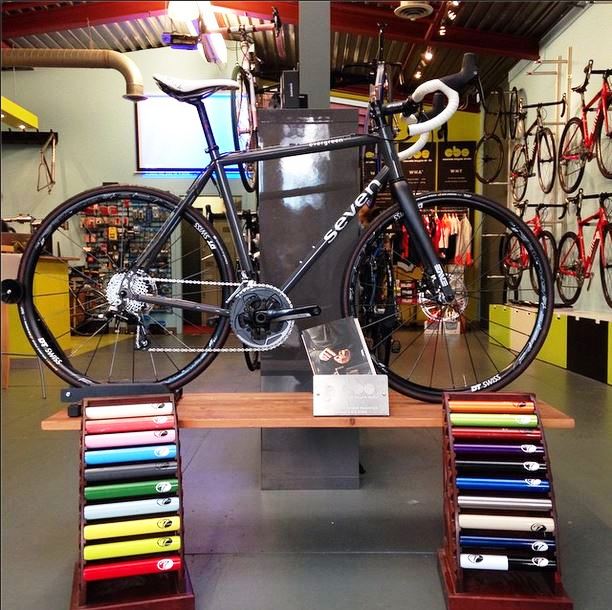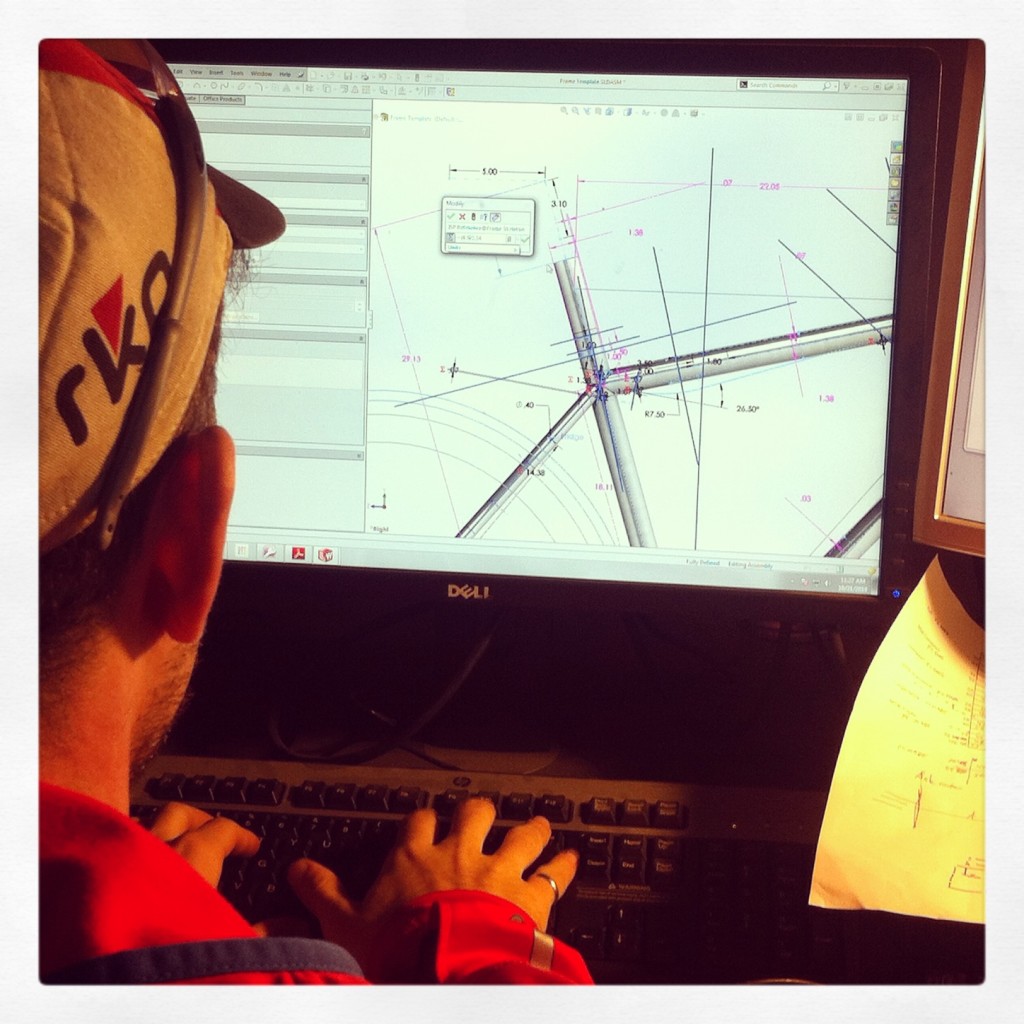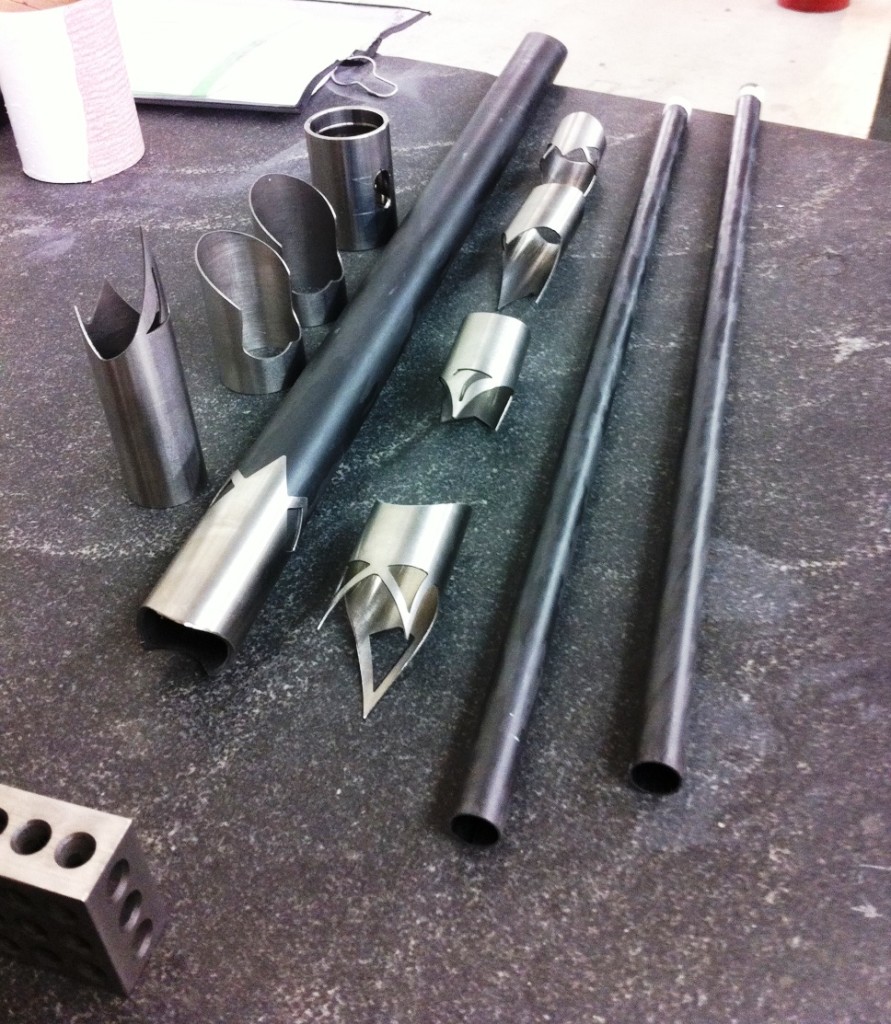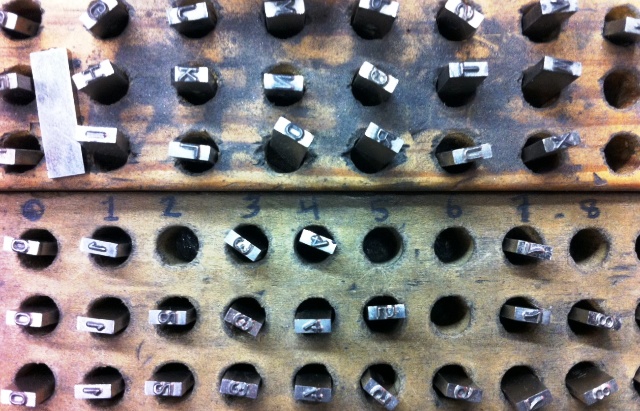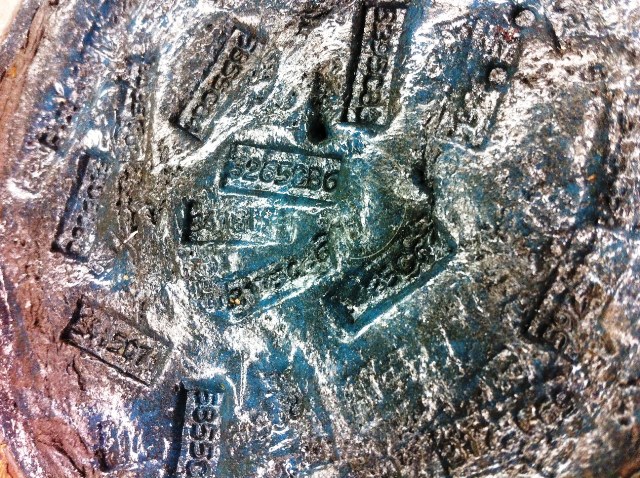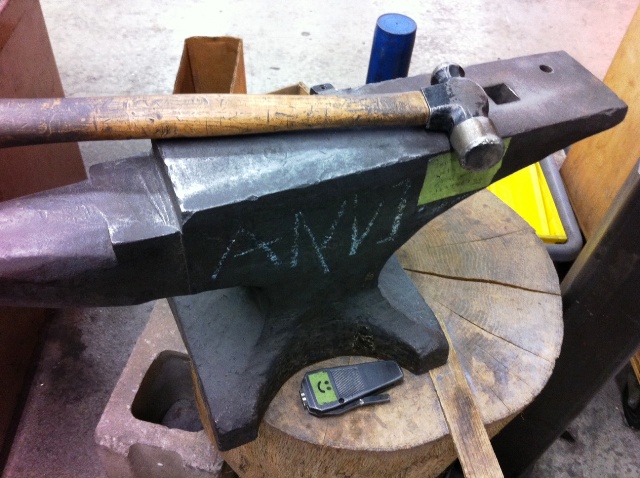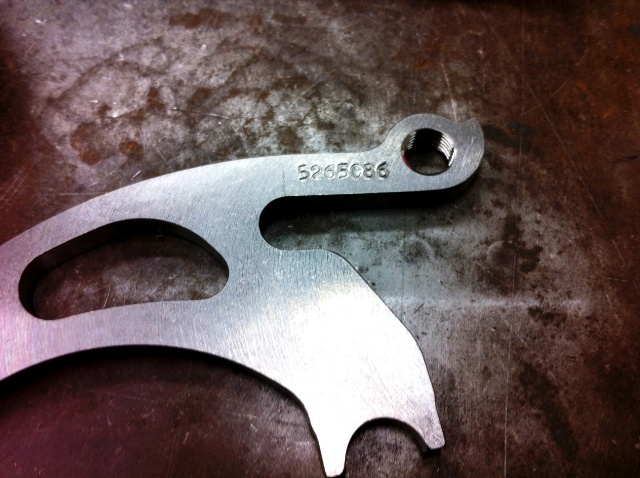The Big Ideas, as a series, is about this whole bike building project we embarked on in 1997 and the foundational ideas that make what we do possible. The first installment was about Single-Piece Flow (SPF). The second installment was about Just-in-Time manufacturing (JIT). Last we explored the 5 Elements of Customization.
We started with an idea, a different kind of bike company, one that offers a product and a service, an experience, and we found a build method that would support it, Single-Piece Flow. Then we backed it up with a manufacturing model that would streamline the process and hold down costs, Just-in-Time manufacturing. Then we created a language that would free rider’s from the constraints of production models, that would allow them to speak the language of custom, the 5 Elements.
Finally, we needed a way to connect all the dots.
Everything we’ve done so far, philosophically, has been about gaining focus on the individual rider, so how do we understand the roads they ride? How do we see and measure them effectively? We always want to be a local builder. The machine shop we get most of our small parts from is local. The builders who work here all live nearby. If we can’t be near all our riders, how do we get closer? How do we localize ourselves?
We needed partners in every cycling community, and the obvious way to get that was to work with bike shops who wanted to collaborate with us and our riders on custom builds. Seven riders are de facto bike designers. We are only building them the bike they tell us they want, and our bike shop partners facilitate the process.
We are the only builder who does direct, systematized interviews with each customer while also working with the shop. Together, the three of us create the custom experience, and THAT is how we get from the idea of fully custom bicycles on a short timeline to delivering fully custom bicycles on a short timeline.
These are our big ideas. They’re simple when you break them down, even though we are still refining them, even after 30,000 bikes have passed through our hands.

